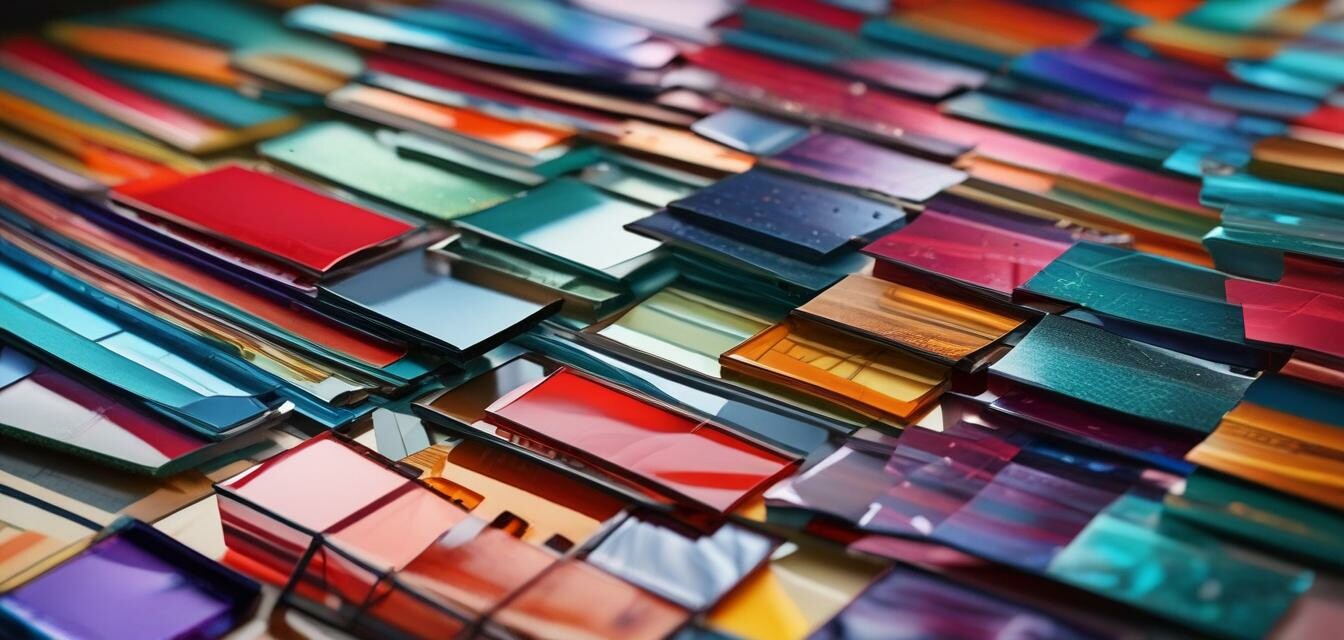
Understanding the Impact of Color in Glass Art
Key Takeaways
- Color plays a crucial role in the perception of glass art.
- Different colors evoke various emotions and responses.
- Techniques such as layering and mixing can enhance color effects.
- Collaboration of colors can lead to unique and custom projects.
- Working with different shades and transparency can alter the final appearance of the artwork.
Color is not just a visual attribute; it can fundamentally change how we perceive and interact with glass art. Understanding the psychological and aesthetic implications of color can empower artists to make informed choices, enhancing the overall impact of their creations. In this article, we’ll dive deep into the science and art of color in glass making, providing practical applications for artists who wish to explore this vibrant medium.
Why Color Matters in Glass Art
The color in glass art serves several important functions:
- Aesthetic Appeal: Color is often the first thing a viewer notices. Bright, vibrant colors can draw the eye and invite engagement.
- Emotional Connection: Colors evoke emotions; for instance, blue can invoke calmness, while red can create a sense of urgency.
- Depth and Dimension: Through layering and transparency, artists can use color to create a sense of depth in their work.
The Psychology of Color
Different colors influence perception and emotion in unique ways. Here's a brief overview of some common colors and their implications:
| Color | Emotion | Applications in Glass Art |
|---|---|---|
| Red | Passion, energy | Use for focal points or to draw attention to key elements. |
| Blue | Calm, serenity | Ideal for creating soothing, tranquil pieces. |
| Yellow | Joy, optimism | Adds brightness and a sense of cheerfulness. |
| Green | Growth, harmony | Good for nature-inspired pieces. |
| Purple | Luxury, creativity | Conveys a sense of elegance and can inspire innovation. |
Techniques for Color Application
Artists can experiment with the application of color through various techniques, each producing unique results:
- Layering: By placing colored glass sheets on top of each other, artists can create depth and complexity in their pieces.
- Mixing Colors: Combining different colors can produce custom shades and effects, allowing for greater creativity.
- Using Transparency: Some glass colors are transparent, affecting how light passes through and enhancing the visual appeal.
- Surface Treatments: Techniques like etching or sandblasting can affect how colors interact with light and can create striking appearances.
Exploring Color Combinations
Color combinations can dramatically change the perception of a piece. Let’s look at some popular combinations:
| Color Combination | Effect | Recommended Use |
|---|---|---|
| Blue and Yellow | Bright and cheerful | Good for whimsical art pieces. |
| Red and Green | Vibrant contrast | Ideal for festive decor. |
| Purple and Gold | Luxurious and royal | Perfect for elegant designs. |
| Black and Gold | Bold and dramatic | Great for modern art styles. |
Practical Tips for Working with Color
Tips for Beginners
- Start with a color wheel to understand basic combinations.
- Experiment with small projects before committing to larger pieces.
- Observe how light interacts with your colors in different environments.
- Attend workshops or watch tutorials to learn from other artists' experiences.
Conclusion
Color in glass art is not just about making things look attractive; it impacts the emotional connection viewers have with art. By understanding the implications of color and experimenting with various techniques, artists can create stunning pieces that communicate their unique vision. As you embark on your glass-making journey, embrace the beautiful spectrum of color and let it enhance your creativity.

